Rotogravure Printing Inks Size
Rotogravure Printing Inks Market Growth Projections and Opportunities
The Rotogravure Printing Inks Market is influenced by several key factors that shape its growth and dynamics:
Expanding Packaging Industry: The market dynamics of rotogravure printing inks are significantly influenced by the expanding packaging industry. Rotogravure printing is widely used for flexible packaging, labels, and cartons in sectors such as food and beverage, pharmaceuticals, cosmetics, and consumer goods. The increasing demand for packaged products drives the need for high-quality printing inks suitable for rotogravure printing.
Technological Advancements: Advances in ink formulations and printing technology play a crucial role in shaping market dynamics. Manufacturers are continuously innovating to develop rotogravure printing inks with improved color reproduction, adhesion, drying characteristics, and resistance to abrasion and chemicals. Technological advancements enhance the efficiency and quality of rotogravure printing, driving market growth.
Demand for High-Performance Inks: There is a growing demand for high-performance rotogravure printing inks that meet stringent requirements for product quality, durability, and print consistency. Industries such as pharmaceuticals and electronics require inks with precise color matching, excellent resolution, and resistance to fading and smudging. Meeting these performance criteria is essential for ink manufacturers to stay competitive in the market.
Expansion of Flexible Packaging Sector: The flexible packaging sector is a major consumer of rotogravure printing inks. As the demand for convenient and lightweight packaging solutions increases, so does the demand for rotogravure-printed flexible packaging materials. Rotogravure printing offers advantages such as high-speed printing, superior print quality, and compatibility with a wide range of substrates, driving its adoption in the flexible packaging sector.
Shift towards Sustainable Printing Solutions: The market dynamics are influenced by the growing emphasis on sustainability in the printing industry. Manufacturers and brand owners are increasingly adopting environmentally friendly printing solutions, including water-based and solvent-free rotogravure printing inks. These inks offer reduced environmental impact, lower emissions, and compliance with regulatory standards, catering to the demand for sustainable packaging and printing practices.
Emerging Trends in Digital Printing: While rotogravure printing remains dominant in certain applications, emerging trends in digital printing technologies pose a challenge to market dynamics. Digital printing offers advantages such as shorter turnaround times, cost-effectiveness for short print runs, and customization capabilities. However, rotogravure printing inks continue to hold a strong position in high-volume printing applications where speed, consistency, and quality are paramount.
Regulatory Compliance and Safety Standards: Compliance with regulatory requirements and safety standards is a critical factor shaping the market dynamics of rotogravure printing inks. Ink manufacturers need to ensure that their formulations comply with regulations regarding hazardous substances, food contact materials, and emissions. Meeting safety and regulatory standards is essential to maintain market credibility and ensure customer trust.
Global Economic Factors: Economic factors such as GDP growth, consumer spending, and industrial production levels influence the demand for rotogravure printing inks. Economic stability and growth drive investments in packaging and printing industries, leading to increased demand for printing inks. Conversely, economic downturns may result in reduced spending on non-essential goods and packaging, impacting ink market dynamics.
Market Consolidation and Competition: Market dynamics are also influenced by factors such as market consolidation, mergers and acquisitions, and competitive pricing strategies. Larger ink manufacturers may dominate the market through economies of scale, extensive product portfolios, and strong distribution networks. Smaller players may focus on niche markets, innovation, or customer service to differentiate themselves and compete effectively.
Impact of COVID-19 Pandemic: The COVID-19 pandemic has had a significant impact on the rotogravure printing inks market dynamics. Disruptions in supply chains, changes in consumer behavior, and fluctuations in demand for packaged goods have affected ink manufacturers and printers alike. However, the pandemic has also highlighted the importance of packaging in ensuring product safety and hygiene, driving continued demand for printing inks in the packaging sector.
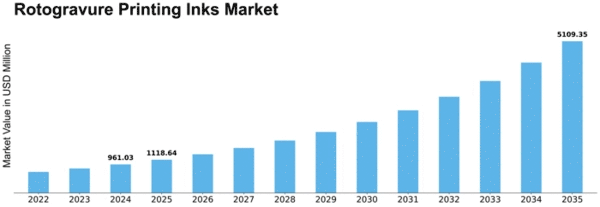

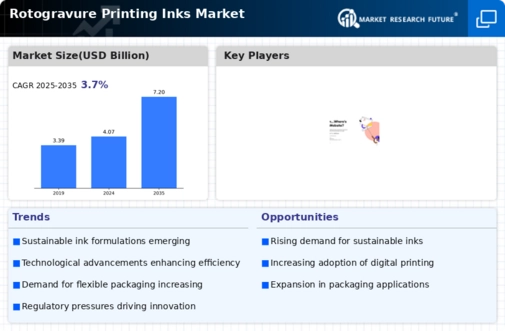

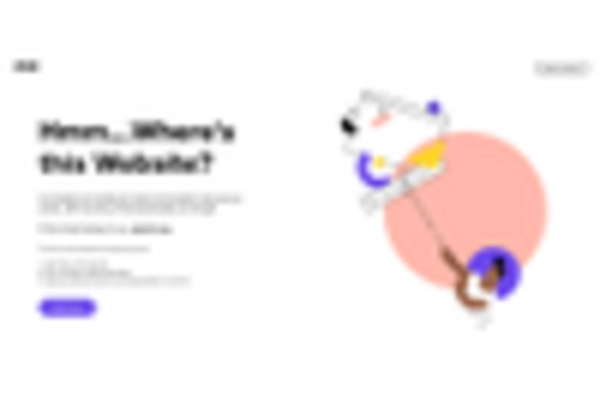
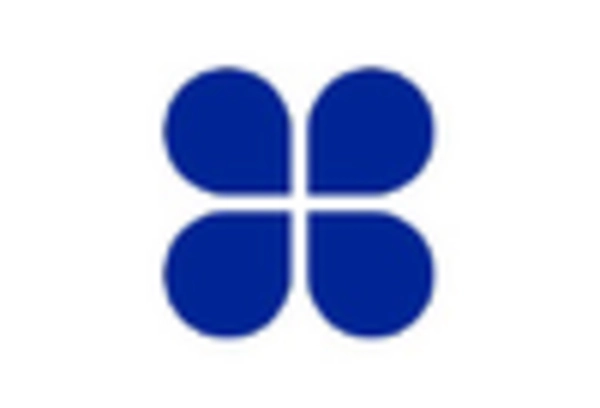
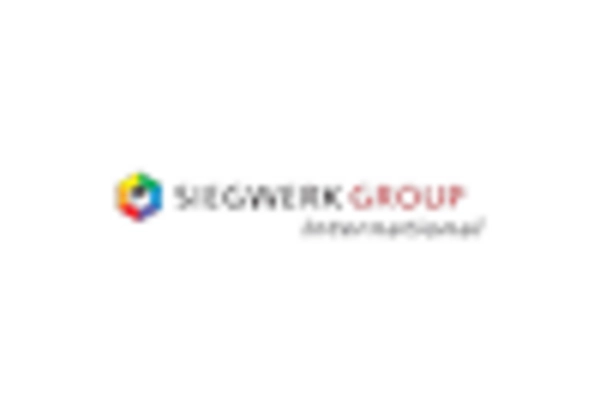
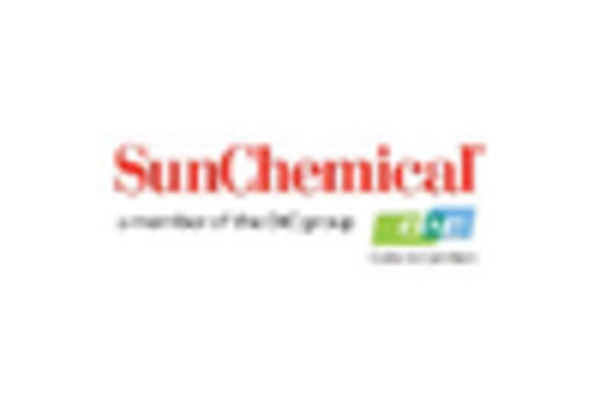










Leave a Comment